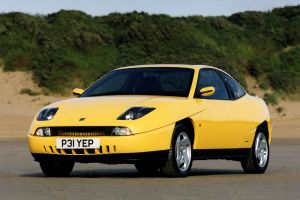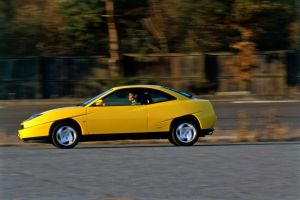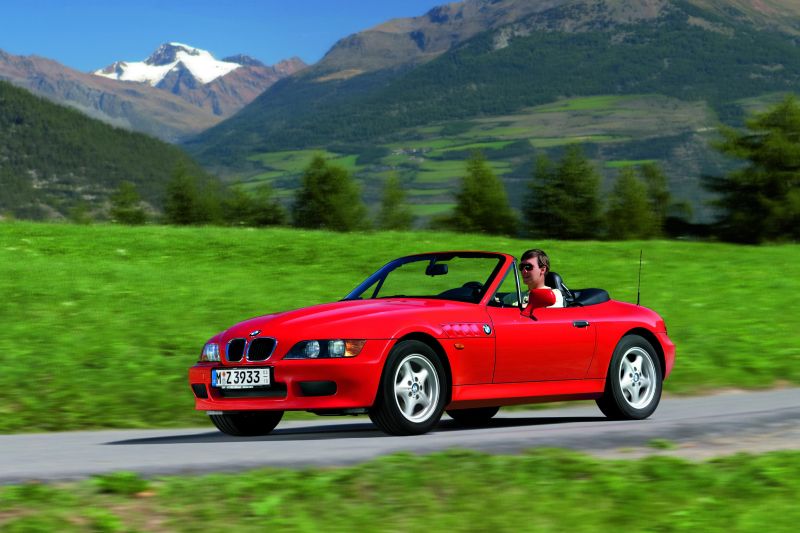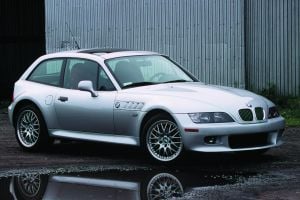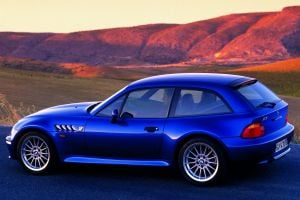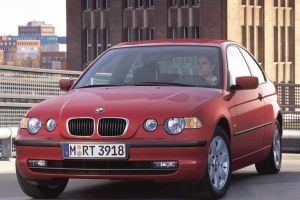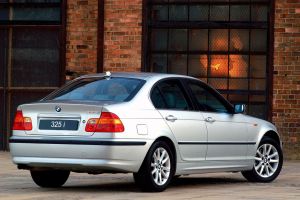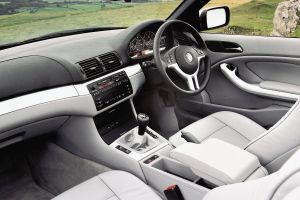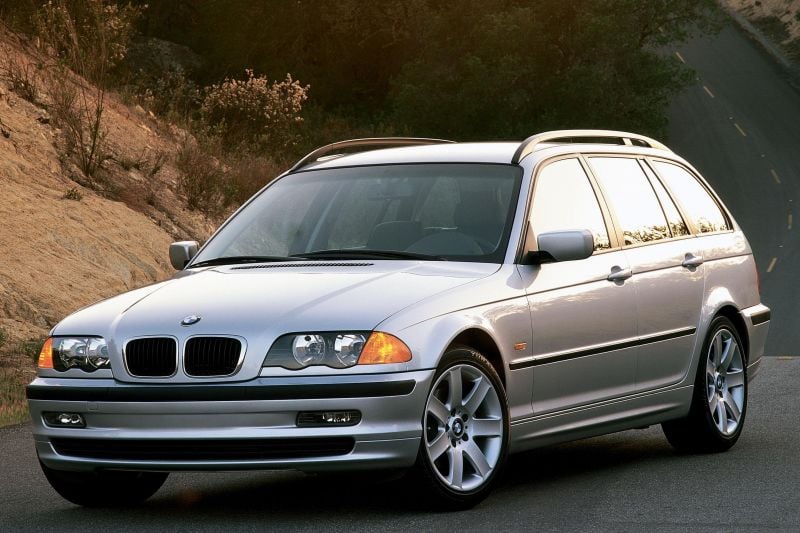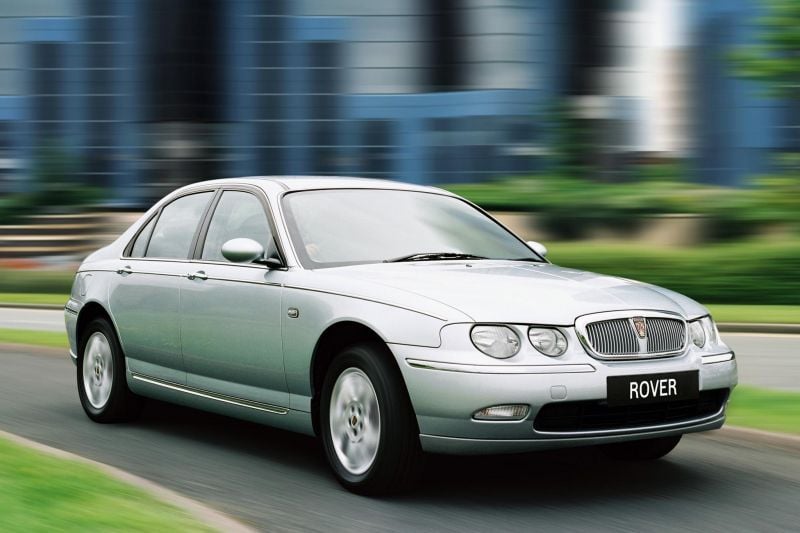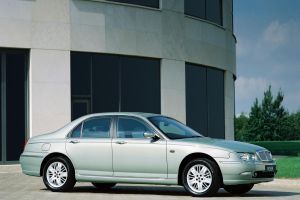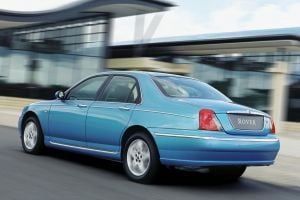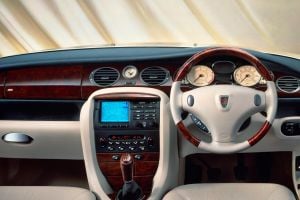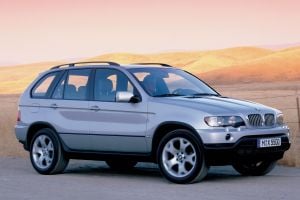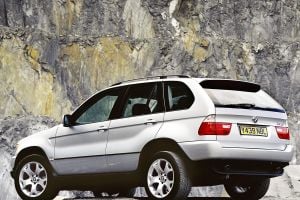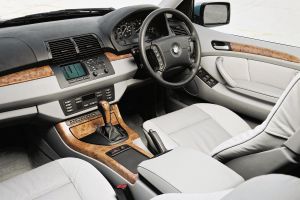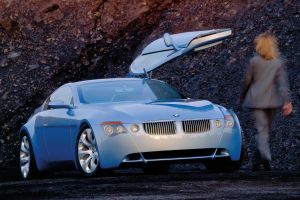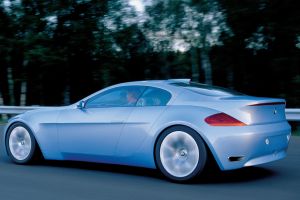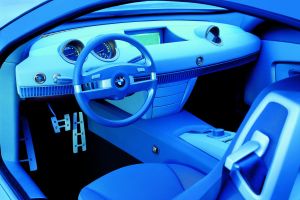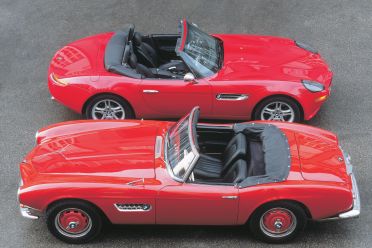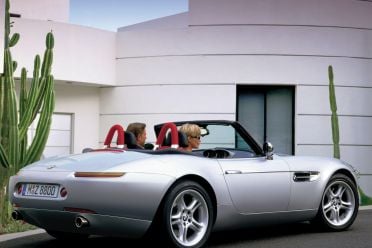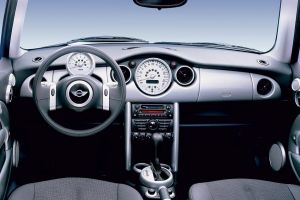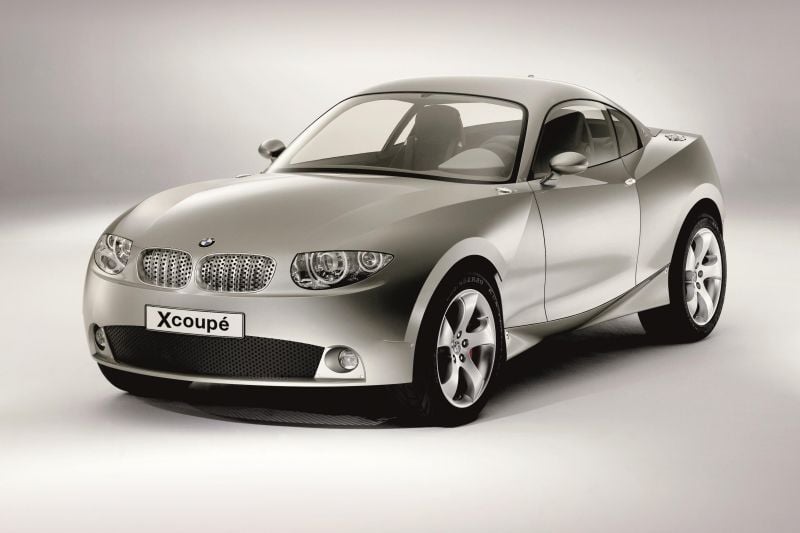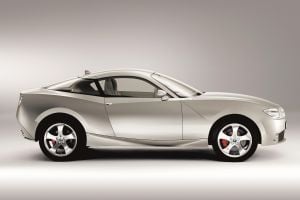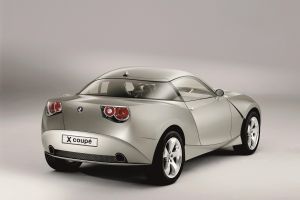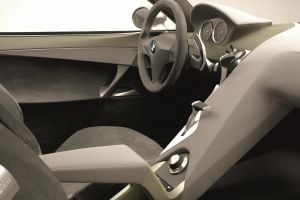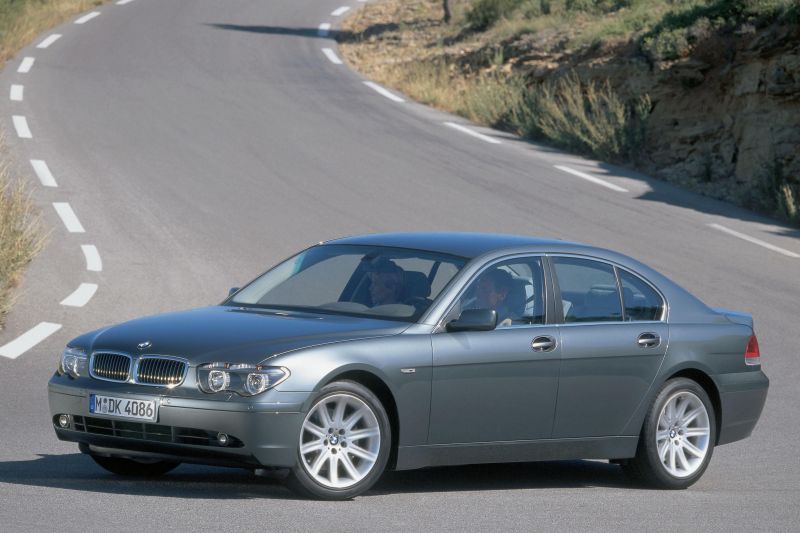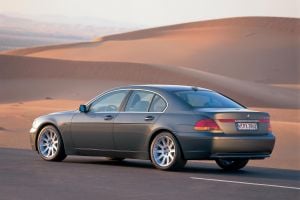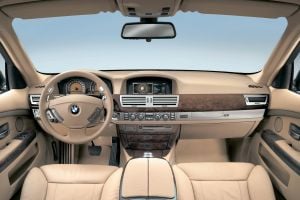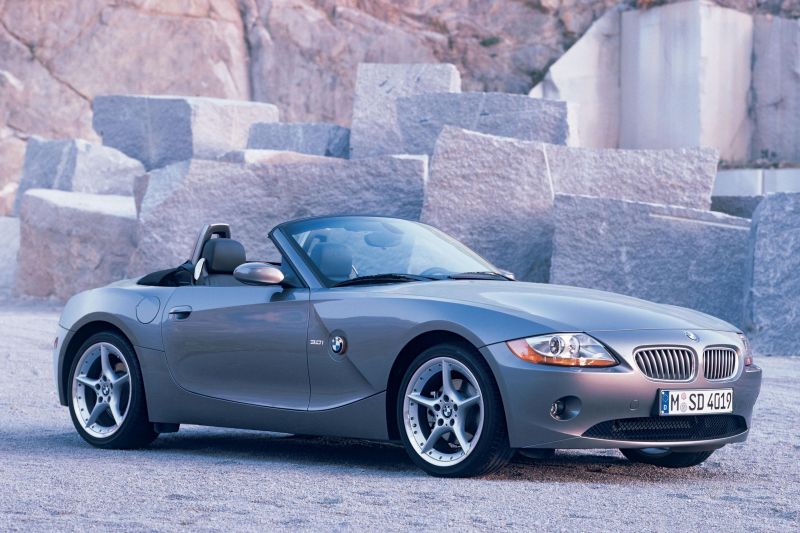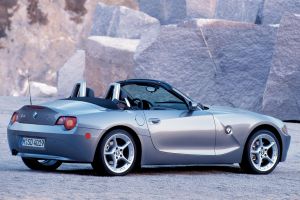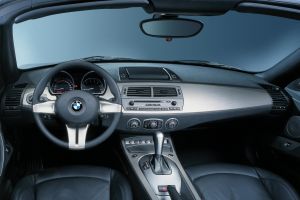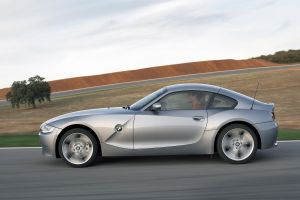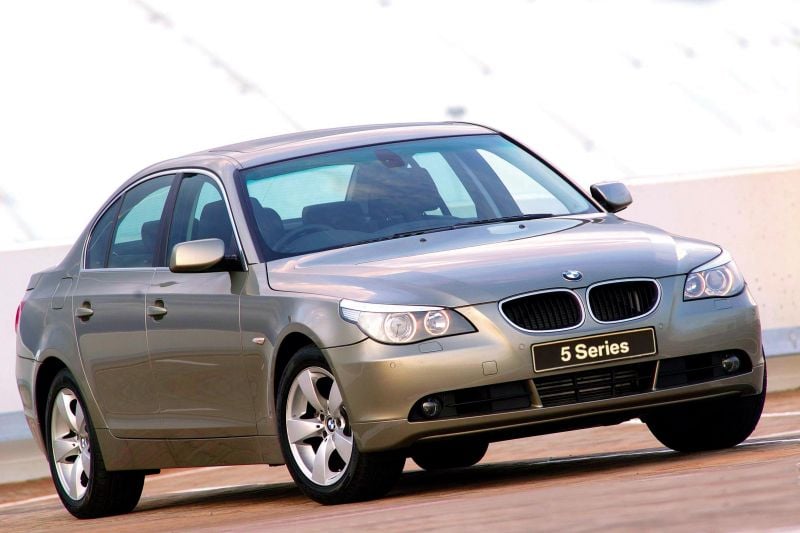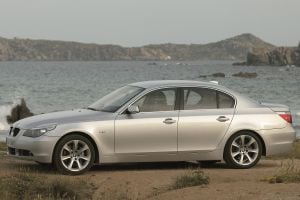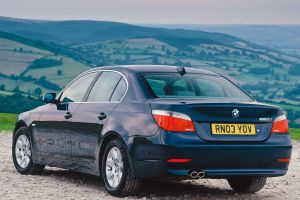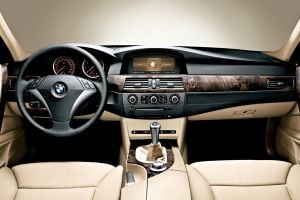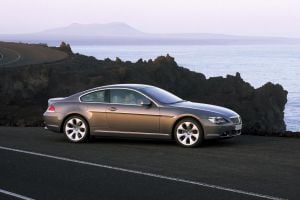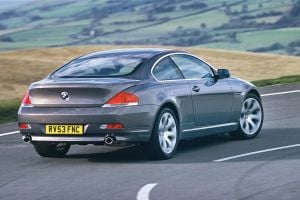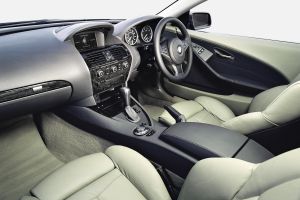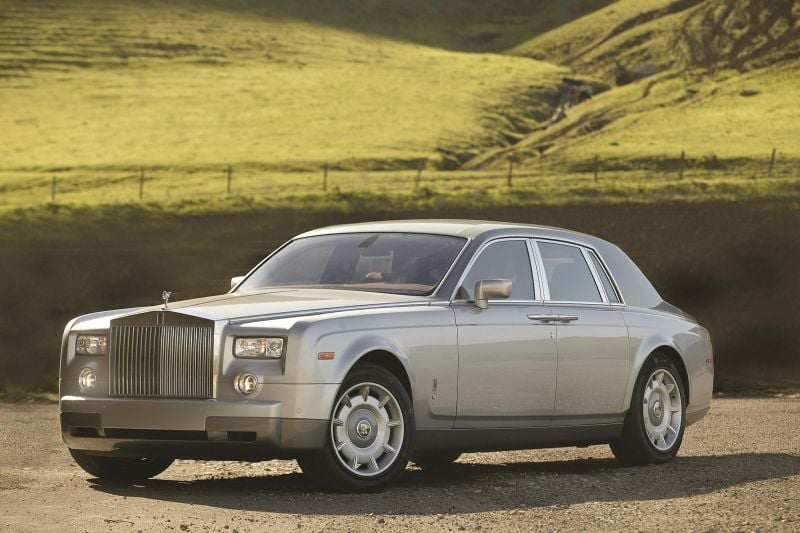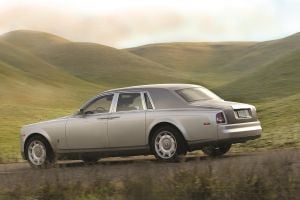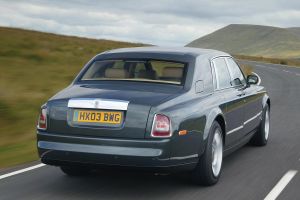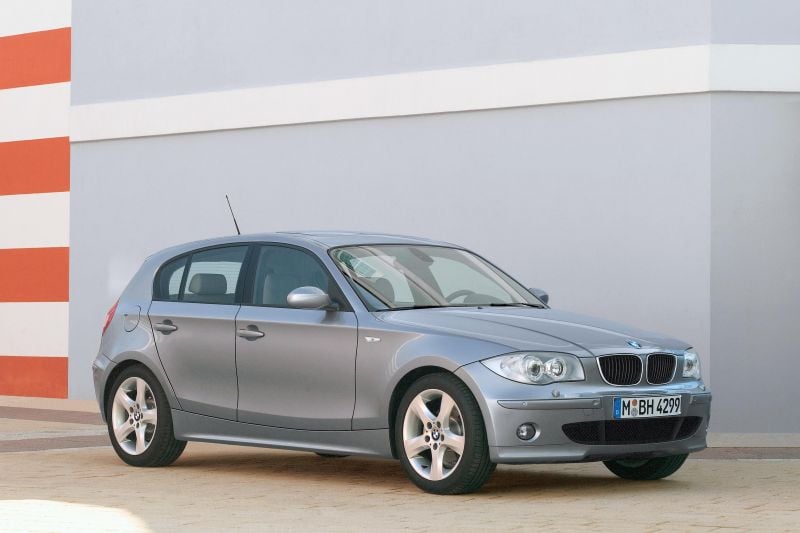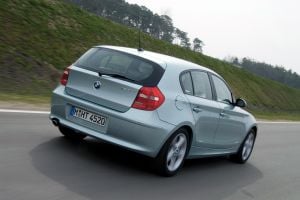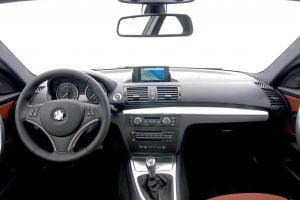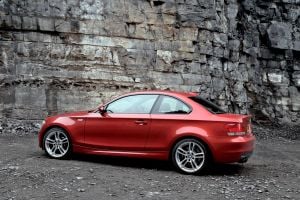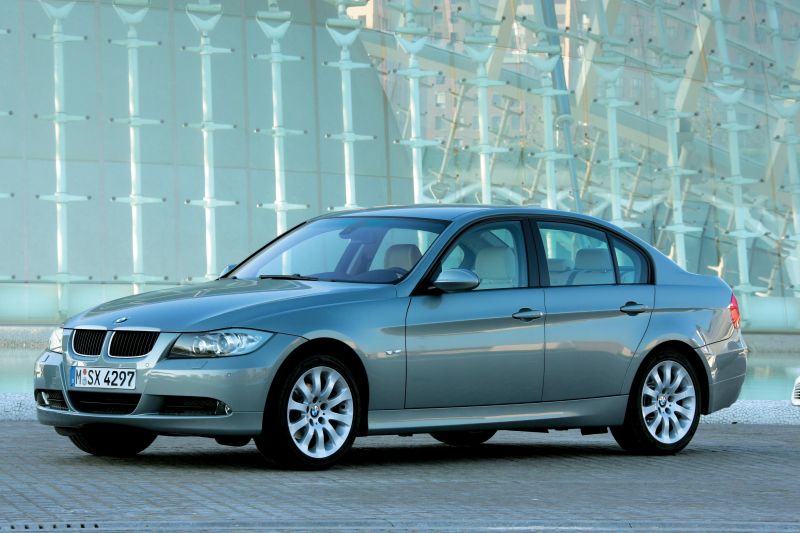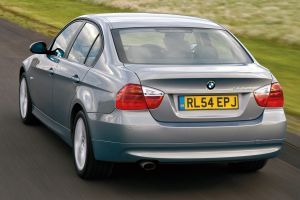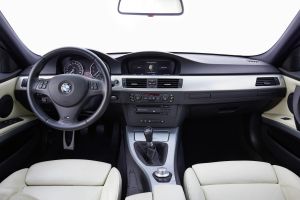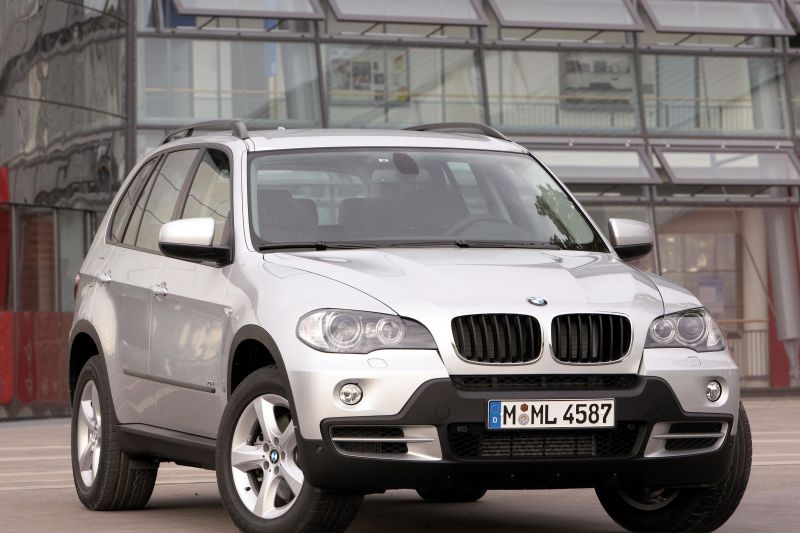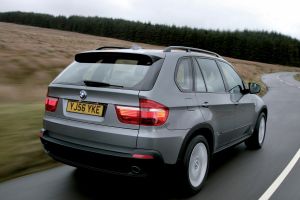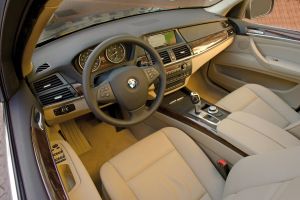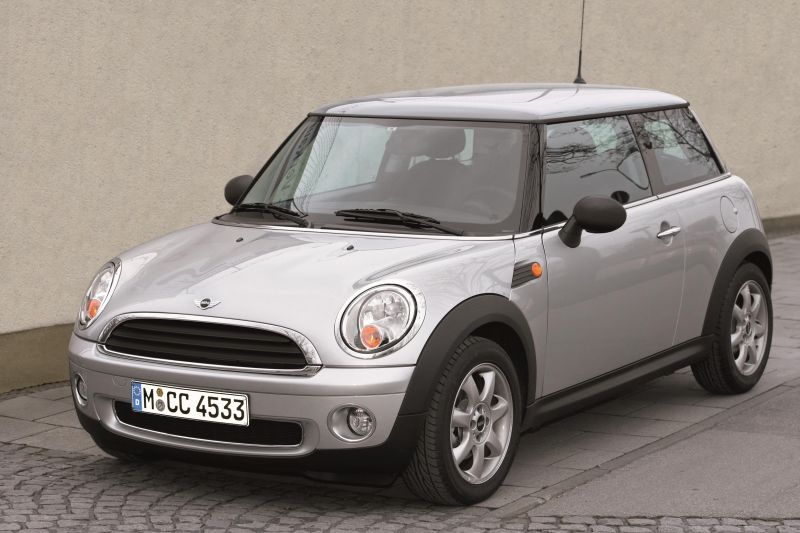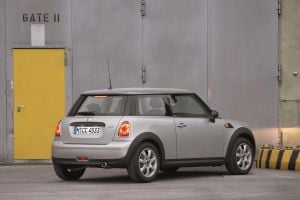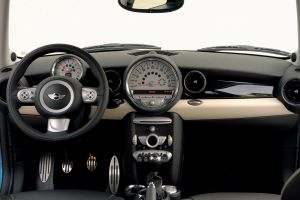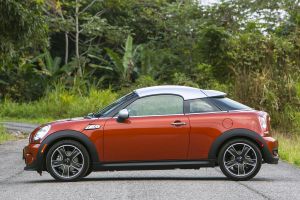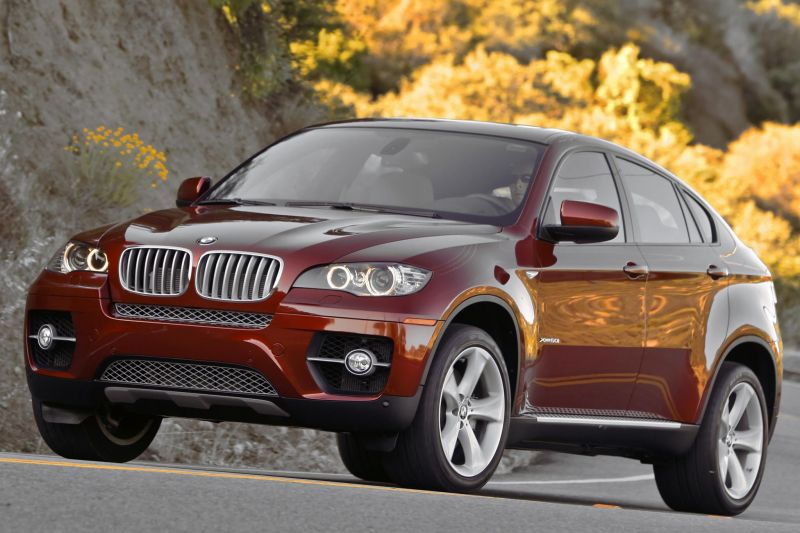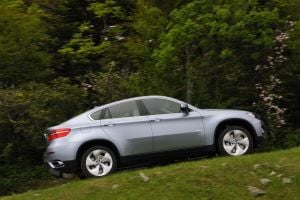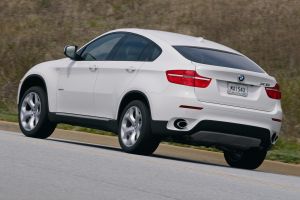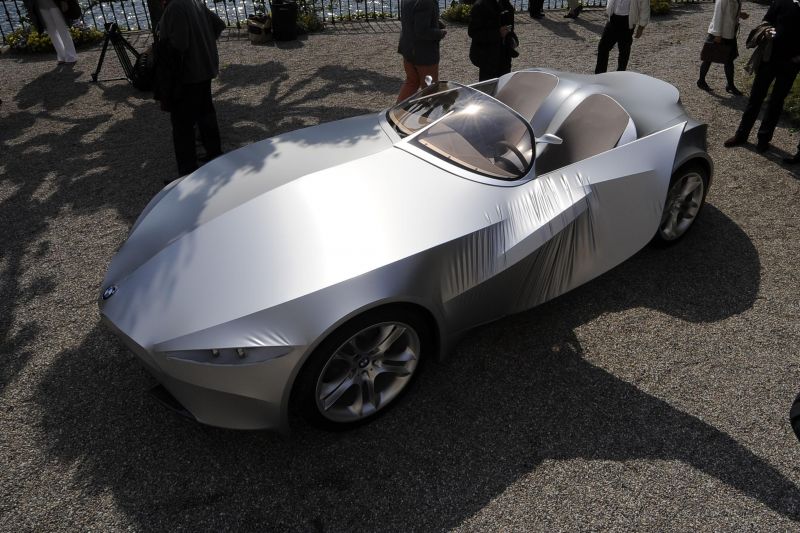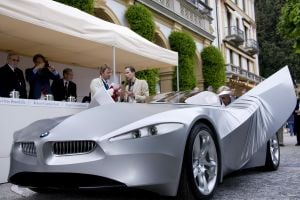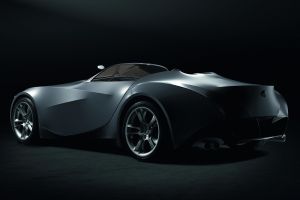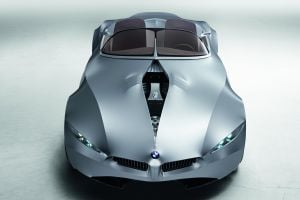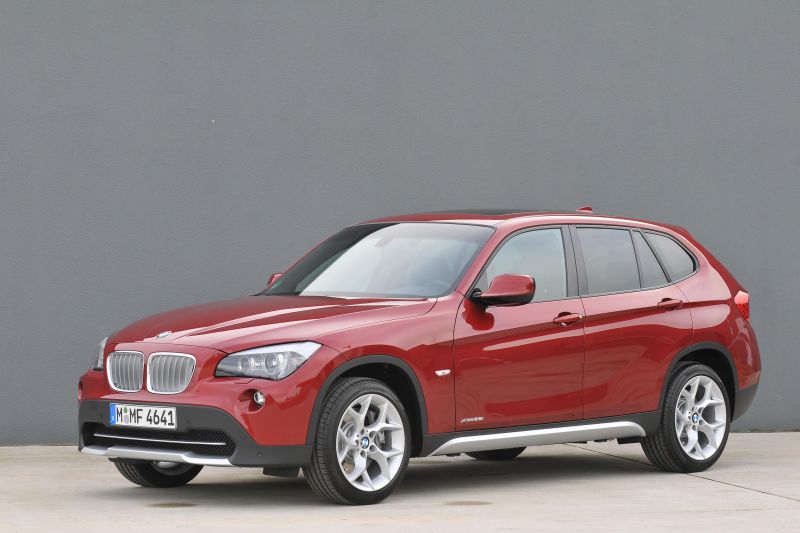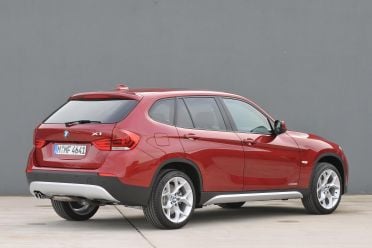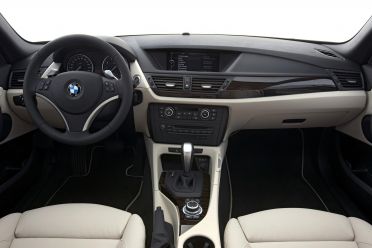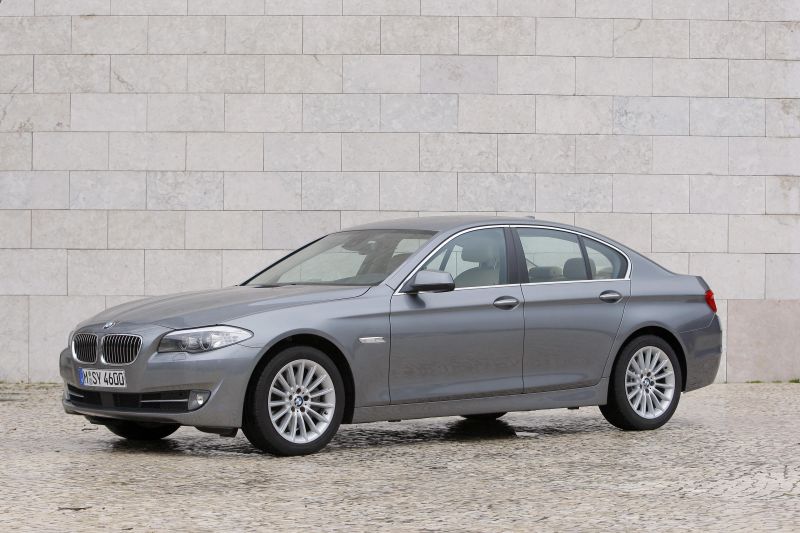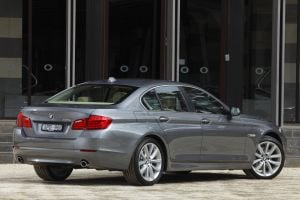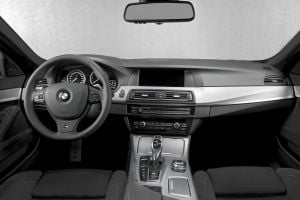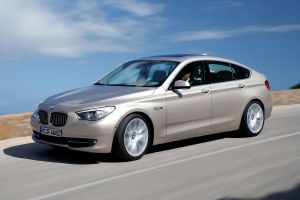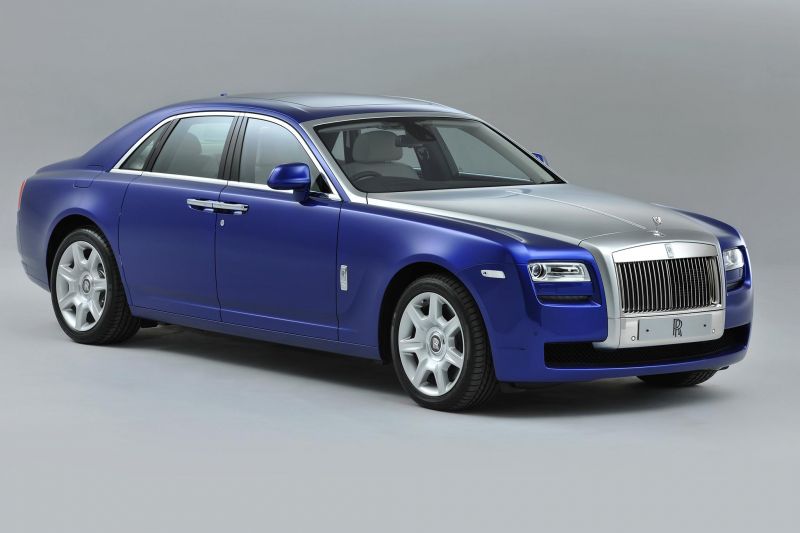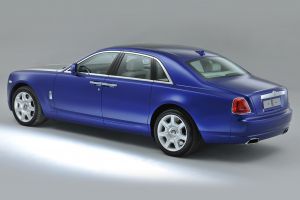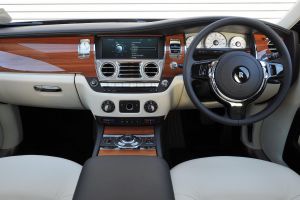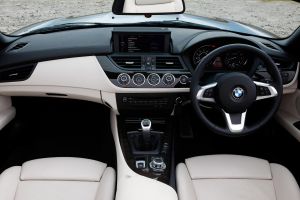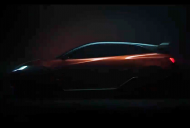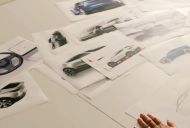With the unveiling of the latest BMW 4 Series a few weeks ago, there’s been an outpouring of angst about the new car’s tall double kidney grille. There’s even been some calls for BMW to bring back Chris Bangle as its chief designer.
So this is probably as good a time as any to revisit the Bangle era. While the majority of us remember the period between 1992 and 2009 for the controversial designs, many of the cars released during the American’s time in charge were not exactly avant garde.
It should be noted that as design director, it was Bangle’s role to set the direction of the company’s designs, possibly refining them as necessary, but he isn’t listed as the primary designer for any production BMW.
Before BMW
Born in Ohio in 1959, Bangle earned a science degree from the Art Center College of Design in California, and then gained a masters majoring in industrial design from the University of Wisconsin-Madison.
In 1981 he landed his first job in the automotive business at Opel in Germany. One of his credits at the European GM outpost was the interior of the Junior concept.
Bangle moved south to Italy to work for Fiat in 1985, eventually rising to become head of Fiat Centro Stile in 1992.
His most notable work at the Italian automaker was the 1993 Fiat Coupe, which he noted in a 2018 interview with Autocar was the last production car he fully penned.
Bangle was appointed the head of design for BMW on October 1, 1992.
1995 BMW Z3
With the Mazda MX-5 an undeniable sales and critical success, automakers began developing two-seat convertibles in earnest.
Launched on the back of the James Bond film GoldenEye, the semi-trailing arm rear suspension, and lethargic four-cylinder engine options didn’t garner many fans.
More opprobrium came when the coupe was launched in 1998. At least the “bread van”, as some called it, was only available with six-cylinder motivation.
1997 BMW 3 Series (E46)
If there’s a consistent conservative streak running through Bangle’s tenure, it’s with the 3 Series.
Today the 3 Series is still a vital part of BMW’s range, but its importance was far greater in the mid-1990s when BMW showrooms only featured four model lines: the Z3, and the 3, 5, 7 and 8 Series.
A modern evolution of the previous generation’s styling, the E46 3 Series didn’t stray far from its predecessor’s template.
That said, the Compact three-door hatch did feature unconventional headlight and tail-light treatments.
1998 Rover 75
BMW bought Rover in 1994 from British Aerospace, and pretty much left the company to its own devices until 2000, when it was sold off after years of losses.
It’s not clear how much say BMW’s design department had in the final look of the Rover 75, but it seems likely the new model program was given some cursory scrutiny from the parent company.
Unashamedly retro, albeit without mimicking any particular historical vehicle, the 75 was the only new model developed by Rover during BMW’s six years of ownership.
1999 BMW X5 (E53)
In 1999 BMW followed Mercedes-Benz into the luxury SUV arena. While the three-pointed star’s M-Class had a separate body and frame, the X5 was based on the contemporary 5 Series.
As with all early crossovers, car makers were keen to stress the off-road ability of their new cars. As such, the X5 shared technology with Land Rover, then a subsidiary of BMW.
In styling the brand’s first crossover, Bangle’s team essentially scaled up the design of the 5 Series wagon and added black lower body cladding.
The puffed up lower section linking the wheel arch flares at both ends hinted not only at some off-roading ability, but some of the surfacing changes coming to future BMWs.
1999 BMW Z9 Gran Turismo concept
It wasn’t until seven years into his tenure that Bangle signalled his intent on deconstructing BMW’s long-established design book.
The Z9 Gran Turismo was quite unlike anything from the company’s past, although the Hofmeister kink and double kidney grille remained.
The overall design of the Z9 concepts would be carried through to the revived 6 Series models in 2003, minus the gullwing door setup, of course.
2000 BMW Z8 (E52)
Aside from the revival of Mini, the Z8 was the only time Bangle’s team rode the retro wave which brought the world the likes of the Volkswagen New Beetle, Ford Thunderbird, and the Jaguar S-Type.
A modern update of the 507 released in 1956, the Z8 featured an aluminium body with gorgeous lines and was powered by the contemporary M5’s V8 engine.
Like the car it was paying homage to, the Z8 sold in small numbers.
2000 Mini (R50, R52, R53)
While BMW was rather hands-off in its running of the loss-making Rover Group, which was sold to management for just a single pound, it took a much more proactive role in turning Mini into a standalone brand.
With the German automaker at the time not willing to countenance a front-wheel drive model, the role of an entry-level, but still premium, car fell on the shoulders of the first completely new Mini since the Sir Alec Issigonis-penned original debuted in 1959.
From a field of entries submitted by teams at BMW, Rover, and BMW DesignWorks, Frank Stephenson’s design won out.
2001 BMW X Coupe concept
While the Z9 Gran Turismo prepared us for the Bangle butt, the X Coupe introduced the world to flame surfacing where convex and concave surfaces meet at sharp angles.
Although nothing like this car would enter production, it did pave the way for the styling of the first 1 Series and Z4 models.
2001 BMW 7 Series (E65, E66)
The first of the truly controversial production models developed during Bangle’s reign at the Bavarian company.
Designed by Adrian van Hooydonk, Bangle’s eventual successor as BMW design chief, the E65 featured the derided “Bangle butt” with the boot lid rising prominently above and beyond the surrounding quarter panels.
Speaking to Motor Trend in 2006, Bangle described the previous-generation 7 Series as an “elegant car, an evolution of the classic BMW look”, but said it “just didn’t have the presence to be noticed”.
This meant in key growth markets, such as China and the rest of Asia, “our competitors were dominating”.
The head of design knew full well BMW’s new direction would see it lose some fans, noting “whenever you move ahead, you leave some people behind”.
2002 BMW Z4 (E85, E86)
If one production car was to become an embodiment of everything Bangle espoused, it would be the E85 Z4.
It had “flame surfacing” in spades, a diving shoulder line, a hockey stick lower lower character line, and (of course) a prominent “Bangle butt”.
While earlier Z3 Coupe had a controversial shooting brake shape, the Z4 Coupe was fitted with a more traditional rear liftback.
2003 BMW 5 Series (E60, E61)
For several of the writing staff here at CarExpert, myself included, the E60/E61 is the pick of the Bangle-era BMWs.
If nothing else, during this second period of Bangle’s reign each model line had its own personality.
The car’s weak point was the interior. Like on the larger 7 Series, the centre stack was no longer angled towards the driver, and the original iterations of the iDrive infotainment system were bewildering at best.
2003 BMW 6 Series (E63)
BMW brought back the 6 Series name after a 16-year break.
While the original was classically handsome, the new iteration shouted for attention. Clearly based on Z9 Gran Turismo concept, the 6 Series had droopy headlights and plonked-on look for the boot.
As aside, it marked the beginning of the company’s use of even numbers for coupe and convertible variants of its various model lines.
2003 Rolls-Royce Phantom
After an almighty corporate tussle with Volkswagen, BMW picked up the Rolls-Royce brand. As part of the settlement with its German rival, the Bavarian company lost access to the Crewe factory and Silver Seraph model from 2003.
With big and imposing styling, the Phantom seemed even bigger than its 5.8 metre length implied.
The brutalist design included rear-hinged rear doors for easier access, a thick D-pillar to protect passenger privacy, and wheel logos which always remain upright.
2003 BMW X3 (E83)
Launching several years ahead of its luxury competitors, BMW threw caution to the wind with the first X3.
While the 3 Series it was based was conservative to a fault, the X3 featured a shoulder line that fades out, relatively flat sides, and odd headlight and tail-light shapes.
Perhaps most controversially it reimagined the Hofmeister kink, something even Bangle’s 5, 6 and 7 Series didn’t dare to do.
While the company’s styling became much more restrained after Bangle’s departure, playing with the once sacrosanct kink is now something many BMWs do, especially those with non-traditional body styles.
2004 BMW 1 Series (E87, E81, E82, E88)
After dipping its toes in the water with 3 Series Compact, BMW decided it needed to march downmarket to go toe-to-toe with Audi A3 and Mercedes-Benz A-Class.
Unlike its two German competitors, the 1 Series stuck with rear-wheel drive to the joy of driving enthusiasts but to the chagrin of rear seat passengers.
The marrying of company’s signature long bonnet design with the short rear overhang on the three- and five-door hatchback made for unusual proportions. The coupe and convertible are resolved thanks to the boot out the back.
2004 BMW 3 Series (E90)
Although it was spared the boot treatments of its larger 5 and 7 Series siblings, and the full-on flame surfacing design of the 1 Series, the E90 range did get body surfacing that was a generation ahead of its rivals.
Possibly the most controversial thing about the whole design was the nostril-like take on the double kidney grille.
2006 BMW X5 (E70)
The profit-heavy X5 redesign signalled Bangle was just about done blowing up the company’s playbook.
Gone was the scaled up 5 Series wagon design, replaced by a series of crisp surfaces which embrace the car’s heft.
2006 Mini (R56)
Evolutionary doesn’t quite do justice to the design changes between the first and second generations of the modern Mini.
While the three-door hatch seemingly stayed the same despite having every exterior body panel changed, the range was grew significantly through its lifetime.
By the end of its run there was a Clubman wagon with rear barn doors and an extra door on the right side, Countryman five-door crossover, Paceman three-door crossover, a coupe and a roadster (a coupe-based convertible, as opposed to the hatch-based cabriolet).
It should be noted some of these variants were released well after Bangle’s departure from the company in 2009.
2007 BMW X6 (E71)
While BMW can’t claim to be the first into the crossover game, it did start the trend of producing “coupe” versions with more aggressively raked tailgates, poorer rear seat accommodation, less cargo space and, often, sportier styling.
It seemed like the answer to a question no-one asked, but sales and profit margins have proven healthy enough that all manner of crossovers, from the emerging market Renault Arkana through to the megabucks Lamborghini Urus have copied the idea.
2008 BMW GINA Light Visionary concept
Sold as a “new approach to automotive design”, much of the concept’s exterior featured a flexible yet sturdy fabric stretched across an aluminium sub-frame that can moved by electric and hydraulic systems.
When the headlights are off they are completely hidden, and are only revealed when switched on. Similarly the width of the grille and height of the rear spoiler can be adjusted depending on the circumstance.
The tail-lights live under the skin and when illuminated are able to shine through the fabric. The engine is accessed via a parting down the centre line of the “bonnet”.
2009 BMW X1 (E84)
With its long bonnet and pushed forward front axle, the X1 embraced its rear-wheel drive platform and looked bigger than it actually was.
Like its big brother X3, the X1 has a “reimagined” Hofmeister kink.
2009 BMW 5 Series
Bangle has espoused the theory of having one revolutionary generation followed by an evolutionary one.
While that could, in a way, describe this 5 Series, it’s probably fairer to say it was a swing back towards conservative design. The distinct personalities given to the 3, 5, and 7 Series sedans was also quietly ushered out the door.
This generation did have one oddball moment: the 5 Series Gran Turismo, which mixed a taller body — featuring an almost people mover roof height — with a liftback at the rear and “racy” frameless windows.
2009 Rolls-Royce Ghost
Based on a stretched 7 Series platform, the Ghost downsized and softened the Phantom-derived styling.
Pitched as not just a more affordable way to own a Rolls-Royce, the Ghost was also sportier, hence the ever-so-slightly raked back grille.
2009 BMW Z4
For the second-generation Z4, the car’s overall proportions and stance were unchanged, but many of the car’s unique design details were smoothed out.
Notably, the aggressive flame surfacing of the original was significantly toned down. With the adoption of a folding hardtop roof, there was no longer the need for a fixed-roof coupe variant.
The legacy
Bangle quit BMW on February 3, 2009 and started his own design firm, Chris Bangle Associates, which has largely stayed away from cars. Credits include Japanese nursing homes and Hennessey VSOP cognac cartons.
He has since said he had a plan to stay for around 15 year as he believed a longer tenure would see his design principles change.
Some aspects of Bangle’s era, such as the “Bangle butt” and his surfacing techniques, have been widely adopted throughout the industry.
BMW appointed Adrian van Hooydonk, previously Bangle’s right-hand man and chief designer of E65 7 Series, as his successor.
Under his guidance some elements of Bangle’s work were kept, but BMW’s designs have became far more conservative and differences between the various model greatly reduced.
Only with the release of the latest generation of cars have BMWs starting courting controversy again, primarily through their ever more divisive grille designs.
What’s your favourite and least favourite Bangle design? Have your thoughts on Bangle’s BMWs changed over the years? Let us know in the comments section below.

